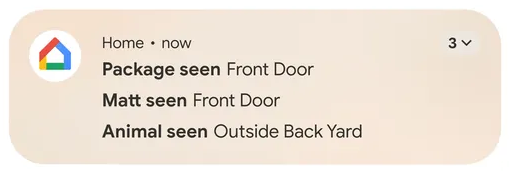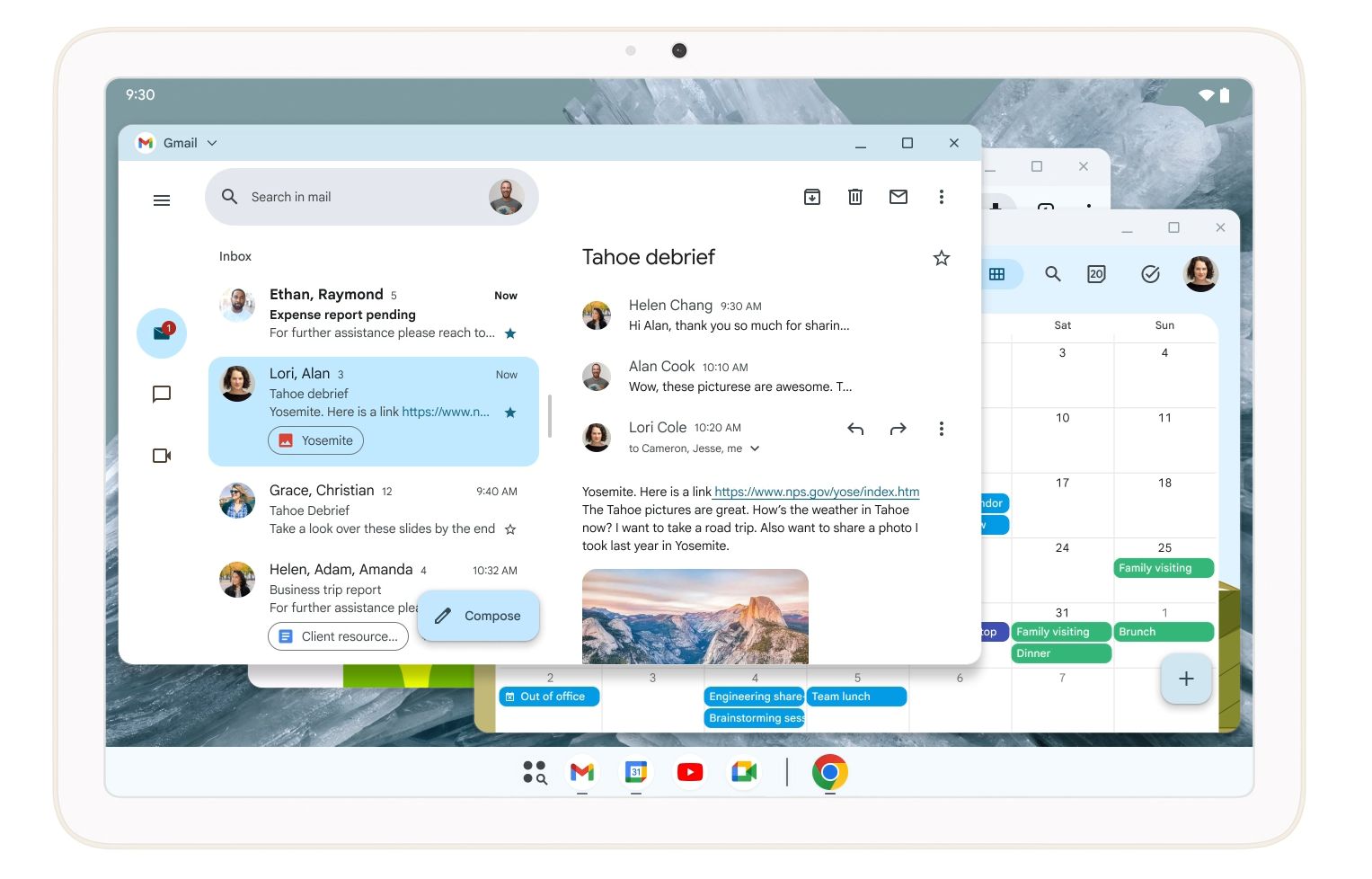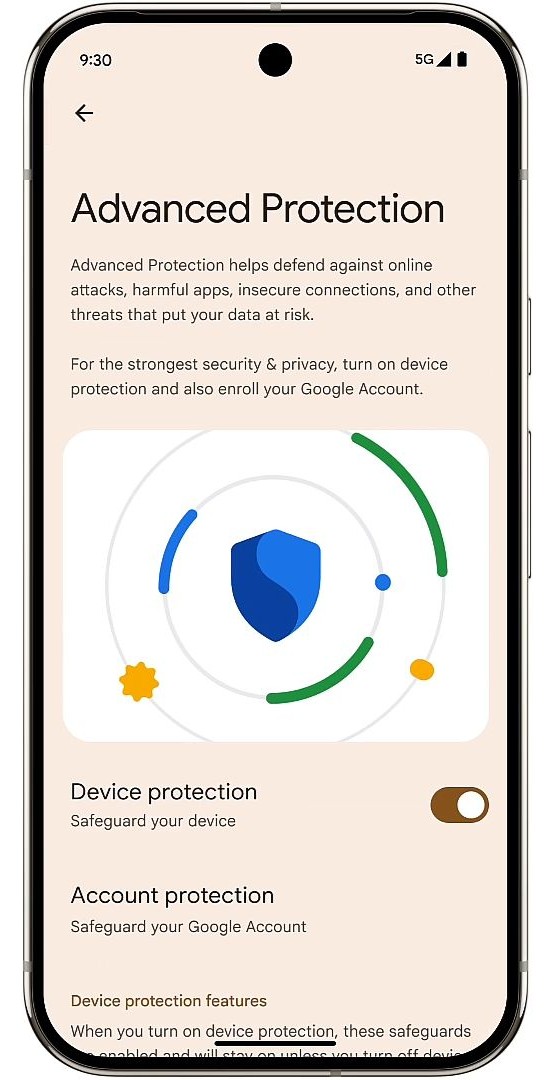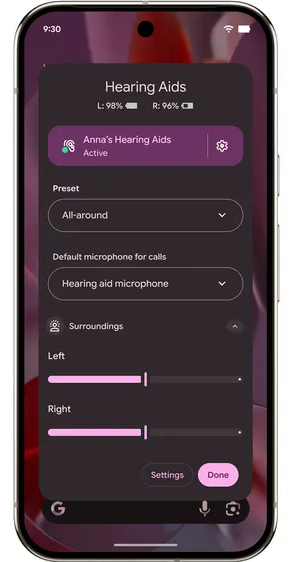Android 16: Top Features You Need to Know
Android 16 marks the latest major release in Google's mobile operating system lineup, building on the success of Android 15. Released in June 2025, this version focuses on refined user interactions, stronger privacy controls, enhanced haptics, and under-the-hood improvements that deliver both speed and efficiency. Whether you’re a casual user, power multitasker, or developer, Android 16 brings a host of new tools and features to explore.
Google’s approach for Android 16 aligns with its wider vision for a private, secure, and productive ecosystem. With Material 3 Expressive design rolling out later in the year, Android 16 already introduces smoother navigation, grouped notifications, and predictive back gestures that redefine how we interact with apps. In this article, we’ll dive deep into each highlight and explain why upgrading matters.
Overview: What Is Android 16?
As the successor to Android 15, Android 16 (API level 36) emphasizes incremental enhancements that improve daily use. Core pillars include:
- Design & UI: Cleaner visuals with grouped notifications and expressive icons.
- Privacy & Security: Advanced Protection, AI-driven scam detection, and granular permissions.
- Navigation: Predictive back gestures, improved three-button navigation.
- Haptics & Accessibility: Richer tactile feedback and expanded hearing aid support.
- Performance: Optimized resource management and faster app launches.
Android 16 is available on supported Pixel devices and is gradually rolling out to other manufacturers throughout 2025. Developers can target the new API to leverage fresh APIs and behavior changes, ensuring their apps remain compatible and optimized.
Design & UI Improvements
Android 16 continues Google's design evolution, embracing the upcoming Material 3 Expressive style. Though the full UI overhaul arrives later in the year, the current release brings immediate visual benefits. Grouped notifications reduce clutter by intelligently bundling related alerts, such as chat messages or delivery updates. Live Updates enable apps to push dynamic content—like flight statuses or sports scores—without expanding the notification shade.
Icons and widgets see subtle refinements, too. App icons adopt slightly rounded edges and a unified color palette, creating a cohesive home screen aesthetic. Widgets gain resizing options, allowing users to adjust shapes and layouts more fluidly. Together, these tweaks make Android feel more modern and personalized.

Productivity Enhancements
Android 16 introduces features designed to streamline tasks and multitasking. With connected device integration, you can now view and control paired smart home devices directly from Quick Settings. For example, turning off lights or adjusting thermostats no longer requires switching apps.
The updated Split-screen and floating window support on tablets and foldables makes multitasking more powerful. Apps can remember their last layout, and developers can optimize for custom screen ratios. In addition, Live Captions now support more languages and context awareness, automatically formatting text for clearer real-time subtitling.

Privacy & Security Features
Protecting user data remains a top priority. Android 16 strengthens security with the expanded Advanced Protection Program, which offers phishing-resistant sign-in for high-risk users. AI-driven scam detection alerts you to potential phishing links or fraudulent callers, using on-device intelligence to analyze patterns without compromising privacy.
Permission management evolves with new runtime controls. Users can grant access to specific files rather than entire folders, and temporary permissions auto-reset after a set period of inactivity. Additionally, Android information service (AIS) over Bluetooth allows paired accessory devices to securely query your API level without exposing other sensitive details.

Predictive Back & Navigation Upgrades
One of the headline improvements in Android 16 is the refinement of the predictive back gesture. Originally introduced as a developer option, predictive back now ships by default across gesture and three-button navigation modes. When you initiate a back swipe, the system previews the destination screen in real-time—whether it's cross-activity, cross-task, or back to the home screen—letting you decide to complete or cancel the gesture.
Developers can hook into new predictive back APIs to customize animations and callbacks, ensuring a seamless user experience within their apps. This deeper integration improves navigation confidence and reduces accidental exits, particularly in complex app workflows.
Richer Haptics & Accessibility
Haptic feedback in Android 16 receives a major upgrade. The system now supports complex vibration patterns, synchronized with UI animations for a more tactile feel. For example, scrolling through a list or pulling on a refresh gesture delivers nuanced pulses that simulate real-world physics.
Accessibility also gains refinements: hearing aid support extends to more Bluetooth LE devices, offering better audio clarity and reduced latency. TalkBack improvements streamline screen reader navigation, and new color filter options assist users with color vision deficiencies. Google’s commitment to inclusive design is evident in these under-the-hood enhancements.

Media & Camera Improvements
Camera and media playback see notable gains in Android 16. The new AV1 hardware decoding support lowers power consumption when streaming high-resolution video. Photo enthusiasts will appreciate updated camera APIs that allow real-time HDR previews, giving a more accurate representation of captured shots before you hit the shutter.
Multi-camera API upgrades let developers switch between lenses seamlessly, and extended support for 120 fps slow-motion recording across more devices enhances creative possibilities. On the audio side, spatial audio APIs enable immersive 3D soundscapes in games and VR apps, enriching overall user engagement.
Connectivity & New APIs
Android 16 boosts connectivity with the Android information service (AIS) under Bluetooth GATT, enabling safe retrieval of device characteristics without exposing user data. Wi-Fi Aware enhancements allow faster peer-to-peer file transfers, and improved BLE scanning reduces background power use.
Developers gain new system APIs for foldable screens and large-screen devices, offering callbacks for hinge angles and posture changes. Cloud backup APIs become more flexible, permitting incremental backups and improved restore performance, which speeds up device setups.
Performance & Battery Optimization
Under the hood, Android 16 refines resource management to boost performance and extend battery life. Background app restrictions become more intelligent, dynamically scaling resource use based on predictive user patterns. Foreground services receive optimized scheduling, minimizing wake-ups without compromising real-time tasks like navigation or music playback.
Memory management improvements reduce operational overhead for low-RAM devices. With thermal throttling APIs, OEMs can better regulate CPU and GPU performance under heavy loads, preventing overheating while maintaining a smooth user experience.
Device Compatibility & Rollout
Android 16 launched on June 10, 2025, initially available for Pixel 7 and newer. Major OEMs—Samsung, OnePlus, Xiaomi, and others—have committed to rolling out the update through Q3 2025. Compatible devices vary by region and carrier, so check official channels for your phone’s update schedule.
Many manufacturers are testing Android 16 QPR1 builds on select mid-range devices, ensuring broader adoption. For Pixel owners, the June Pixel Drop bundles new Android 16 features with camera improvements and accessory support expansions.
Developer Features & Beta Program
Android 16’s developer preview and successive betas since late 2024 have given app creators early access to behavior changes and new APIs. Key developer highlights include predictive back gesture integration, enhanced camera & media APIs, and new foldable device callbacks.
To migrate your app, review the Android 16 behavior changes guide, test with the Android Emulator, and leverage Android Studio’s profiling tools to identify performance bottlenecks. Publishing to Google Play with the Android 16 target ensures your app is ready for users who upgrade.
Conclusion
Android 16 brings a refined, secure, and more intuitive mobile experience with design updates, predictive navigation, advanced privacy controls, and under-the-hood optimizations. Whether you’re upgrading your device or building the next generation of Android apps, the new features offer compelling advantages.
Ready to explore Android 16? Check for updates on your phone, test your apps on the latest beta, and share your feedback with the Android community. Stay ahead of the curve by subscribing for future deep dives, tutorials, and device compatibility news.

Nothing here yet

Linta Mathew
04 July 2025• 8 min readExplore a treasure of technical blog posts on Android, Big Data, Cloud, Python, and More!
© 2025 Nervo Tech. All Rights reserved.